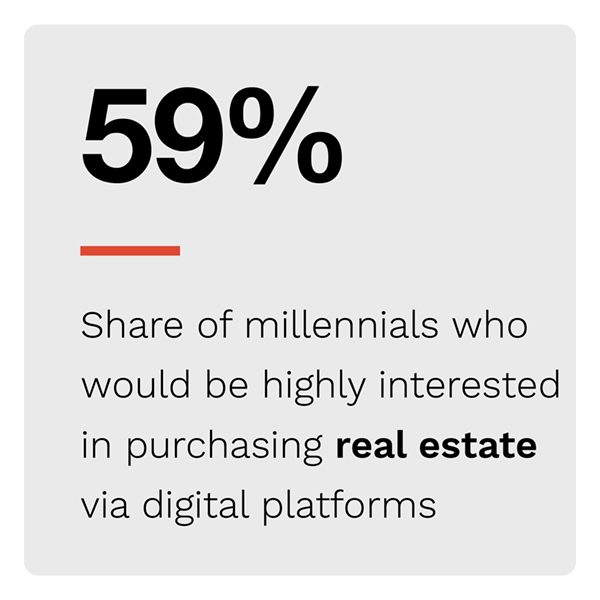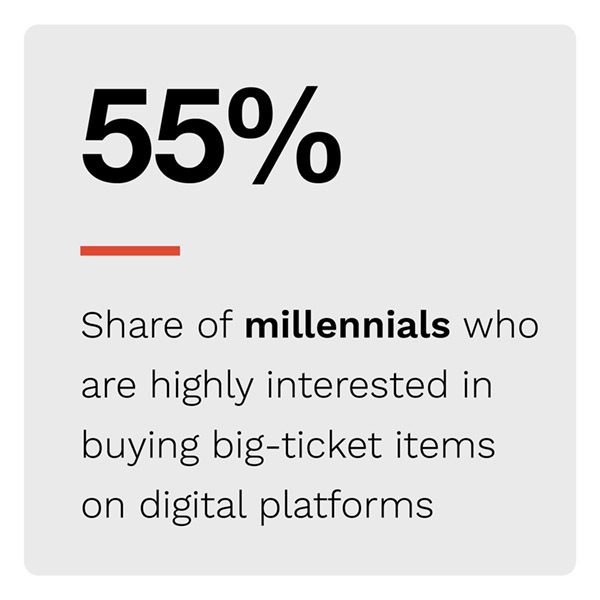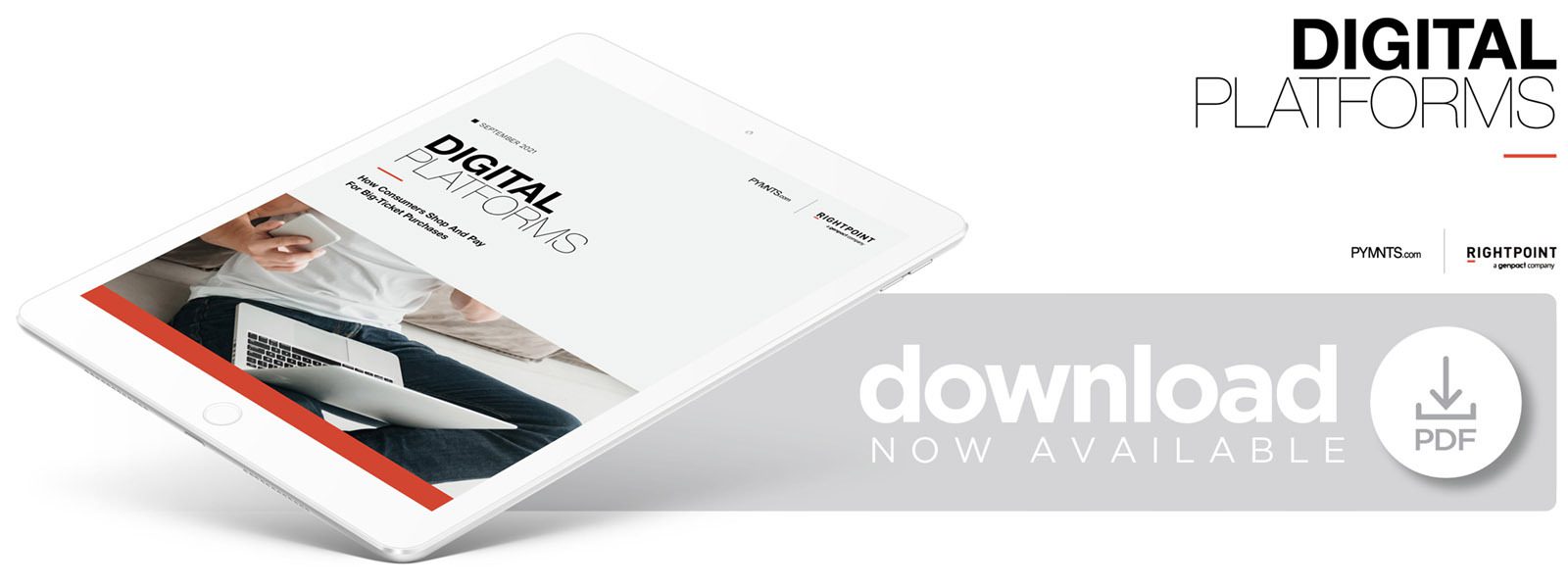New Data Shows 88% of Consumers Still Go Offline to Pay for Big-Ticket Purchases

Purchasing a car in years past used to require a trip to the dealership, but buyers can now take a spin on digital shopping platforms like Carvana or Vroom instead. These platforms act as one-stop shops that allow consumers to browse automobiles at different price points, arrange for financing and have their vehicles delivered to their homes.
This trend extends beyond automobiles, too, with similar offerings in other markets like real estate, insurance and more. PYMNTS’ research reveals that 64% of consumers in the United States plan to make big-ticket purchases in the year ahead as the economy heals from pandemic-related fallout.
Despite consumers’ broad digital shifts over the past 18 months, many are still inclined to tackle key actions regarding big-ticket purchases offline. While many consumers are using online channels at some point during their big-ticket purchases, PYMNTS’ findings show that nearly half of consumers completed their purchases almost entirely offline, for example. Just one in eight transactions involved consumers who conducted prepayment interactions like browsing and researching purchases online and paid for the purchase digitally.
Digital Platforms: How Consumers Shop And Pay For Big-Ticket Purchases, a collaboration between PYMNTS and Rightpoint, examines U.S. consumers’ expectations and experiences when shopping and paying for high-value purchases. The report focuses on five key categories — automobiles, healthcare services, home remodeling, insurance and real estate — in which consumers made such purchases within the last year, with the goal of establishing trends regarding their use of digital shopping platforms.
Our analysis found that many customers are still taking an old-fashioned approach when spending on big-ticket purchases. Three-quarters of consumers conducted prepayment interactions like research offline, and paid for 73% of their big-ticket purchases offline within the last 12 months. The usage of digital channels is notably more muted, with 46% conducting digital prepayment interactions and 27% paying digitally.
We also found that while third-party review sites prompted considerable consumer engagement, the gap was significant when it came to payments. Forty percent of real estate purchases within the past year involved prepayment interactions on third-party review sites, for example, compared to just 3.5% of such transactions that were paid for digitally using such sites.
This is not to say that there is little interest in making big-ticket purchases online. In fact, our research points to the contrary: Consumers who expect to make a big-ticket purchase within the next 12 months would consider using digital platforms to do so 91% of the time and were even “very” or “extremely” likely to do so 41% of the time.
These findings merely scratch the surface of what we uncovered. To learn more, download the report.
